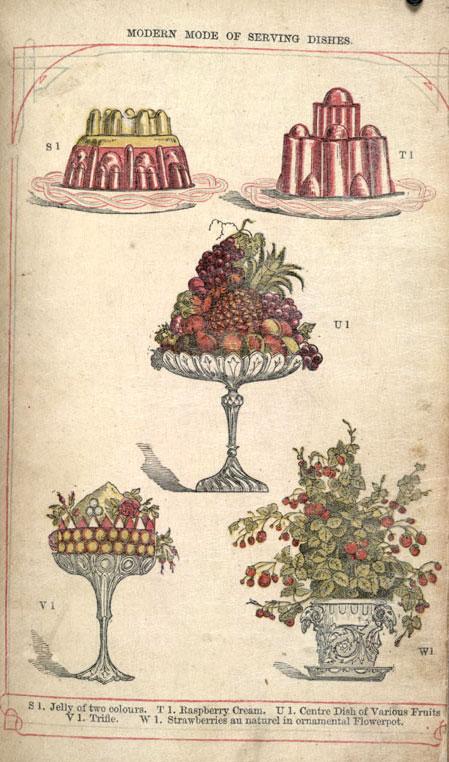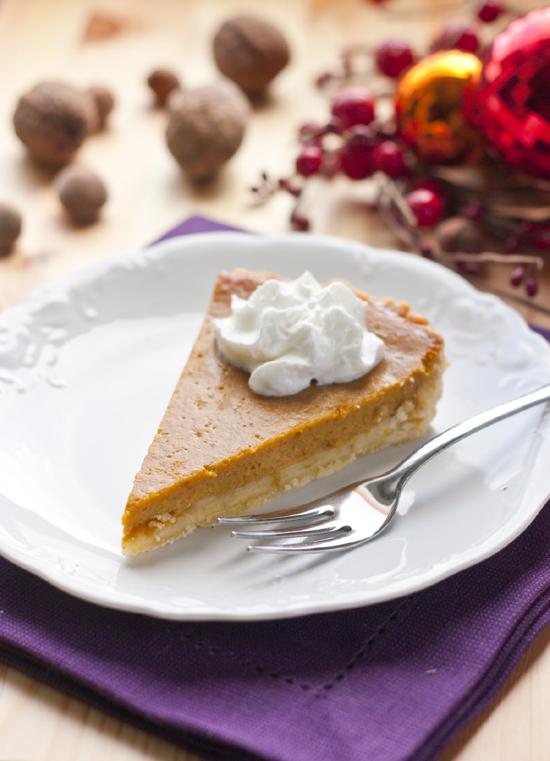A History of Georgian Christmas Puddings
The history of, and how to make your own, Georgian Christmas Pudding

Oh, a wonderful pudding! Bob Cratchit said, and calmly too, that he regarded it as the greatest success achieved by Mrs Cratchit since their marriage. Mrs Cratchit said that now the weight was off her mind, she would confess she had had her doubts about the quantity of flour. Everybody had something to say about it, but nobody said or thought it was at all a small pudding for a large family. It would have been flat heresy to do so. Any Cratchit would have blushed to hint at such a thing."
-Chapter 3, A Christmas Carol, Charles Dickens
Pudding has been a traditional part of Christmas in Britain for centuries. The recipe most commonly associated with the holidays is, of course, Christmas Pudding. Christmas pudding was not named in print until Anthony Trollope wrote about it in an 1858 novel. Before that, it was known as Plum Pudding.
Plum pudding is a British specialty, tested and improved upon over hundreds of years. In 1748 Pehr Kalm, a Swedish visitor to England, noted that "the art of cooking as practised by Englishmen does not extend much beyond roast beef and plum pudding". Not such a bad thing.
In 1814, Antoine Beauvilliers introduced Plomb-Poutingueone to French cooks as a 'traditional English delicacy' in his L´art du cuisiner. According to information compiled by Matthew Walker - Britain’s largest producer of Christmas puddings - "today’s tasty dessert began as something completely different. It originated as a 14th century "porridge" called frumenty that was made by boiling beef and mutton with raisins, currants, prunes, wines and spices. This would wind up as more a soup and was eaten as a fasting dish in preparation for the Christmas festivities.
By 1595 frumenty was evolving into plum pudding, having been thickened with eggs, breadcrumbs, dried fruit and given more flavor thanks to the addition of ale and spirits. It was fast becoming a traditional Christmas dessert when, in 1664, the Puritans banned it as a "lewd custom", describing its rich ingredients as "unfit for God-fearing people". 
It was George I who, having tasted and enjoyed plum pudding, re-established it as part of the Christmas feast in 1714 - despite objections by Quakers, who regarded it as 'the invention of the scarlet whore of Babylon'". Georgian Christmas pudding was lighter in color, and made without treacle or molasses, which gave later versions their dark color. By Victorian times, the 'Christmas Pudding' had evolved into something which looked similar to what is enjoyed today.
Traditional Plum Pudding
To make what is termed a pound pudding, take of raisins well stoned, currants thoroughly washed, one pound each; chop a pound of suet very finely and mix with them; add a quarter of a pound of flour, or bread very finely crumbled, three ounces of sugar, one ounce and a half of grated lemon-peel, a blade of mace, half a small nutmeg, one teaspoonful of ginger, half a dozen eggs well beaten; work it well together, put it into a cloth, tie it firmly, allowing room to swell, and boil not less than five hours. It should not be suffered to stop boiling. -Godey's Lady's Book, Dec. 1860
Traditional Christmas Pudding Recipe (to be made 25 days before Christmas and left to "age")
- 5 oz wholewheat breadcrumbs
- 4 oz plain flour
- 4 oz sultanas
- 4 oz seedless raisins
- 5 oz currants
- 4 oz shredded suet (Not what you feed the birds!)
- 2 ½ oz mixed citrus peel
- 2 ½ oz glacé cherries (glazed cherries)
- 4 oz demerara sugar (a loosely granulated brown sugar)
- 1 cooking apple peeled, chopped, and grated
- 1 ½ oz blanched almonds chopped Pinch of nutmeg
- 1 tsp black treacle (molasses)
- 2 beaten eggs
- 7 fl oz brown ale
- 2 fl oz brandy
- Place all the ingredients in a large mixing bowl and mix together.
- Take a large (2 pint) oven proof bowl and grease it, and then add all the mixed ingredients.
- Using a spatula or the back of a large spoon level off the mixture so that you have an even surface.
- Grease a piece of greaseproof paper (wax paper) and cover the bowl, and then with a piece of greased and pleated tin (aluminum) foil (to allow for expansion) place it over the greaseproof paper. Secure the layers to the bowl with a piece of string.
- Steam the pudding for six hours and then let it cool.
- The pudding must then be stored in a damp free place.
- To serve on Christmas Day, steam it again for three hours and then invert onto serving plate.
- For added excitement, douse the pudding with a little extra brandy and set alight (although this is not essential) The flames look impressive but are harmless as long as you do not add too much brandy, and will go out when the brandy is burnt off. This is a British tradition, but must be done sensibly and with caution. It does impress your guests, especially if they have never seen it before. Slice the pudding and serve in desert bowls with ice cream or more traditionally, brandy butter or warm brandy sauce.NOTE: Traditionally in Britain, silver sixpences or silver charms are added during mixing. If you find one in your piece of pudding on Christmas Day supposedly brings luck. If you do decide to follow this tradition, make sure that you warn people so that no one accidentally swallows a coin.
****
Enjoyed this Christmas pudding article? Visit our giftshop and escape into the world of Jane Austen for more Regency recipes!



Leave a comment
This site is protected by hCaptcha and the hCaptcha Privacy Policy and Terms of Service apply.